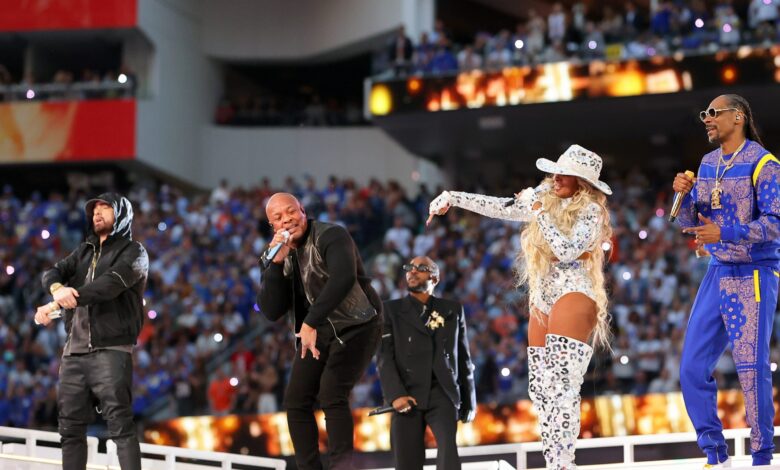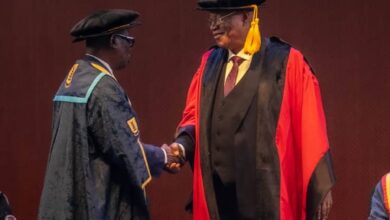
In the midst of the unrelenting hype over “Deflategate” in advance of Super Bowl XLIX on Sunday, it is the perfect time to review the history of the biggest sporting event in the country. Far younger than the World Series, the Masters, or the Kentucky Derby, the NFL championship game has become a virtual national holiday in which the life of the country comes to a full and complete stop.
The Super Bowl’s origins lie in the creation of the American Football League (AFL) in 1960. Started by a group of businessmen who wanted their own pro football franchises but were frustrated by the NFL’s unwillingness to expand, the AFL forged ahead as an alternative league playing a more wide-open brand of football. So began a rivalry that would help propel pro football ahead of baseball as the most popular spectator sport in the country by the end of the decade.
In 1966, after several years of competition, NFL Commissioner Pete Rozelle and Lamar Hunt, owner of the AFL’s Kansas City Chiefs, negotiated a merger agreement in which the two leagues would formally join together in 1970. In the meantime, the AFL and NFL champions would play each other at the end of the season and Hunt suggested calling the new game the “Super Bowl.” Though both he and Rozelle thought a better title could be found, sportswriters started using the moniker in advance of the inaugural game in January 1967 and it stuck.
Though there was anticipation before Super Bowl I between the Green Bay Packers and Kansas City Chiefs, the hype did not remotely approach what we see today. The game, which was held in the Los Angeles Coliseum, did not even sell out. As Michael MacCambridge, author of a history of pro football, observed, “fans simply weren’t used to traveling to neutral sites.” Though the Vince Lombardi-era Packers routed the Chiefs and ratified the notion of NFL superiority, the game drew 65 million television viewers, the largest ever for an American sporting event at the time.
The game’s popularity took off from there as the New York Jets’ shocking upset of the Baltimore Colts in Super Bowl III gave the AFL credibility. After the merger, the NFL split into the American Football Conference (AFC) and the National Football Conference (NFC) and the victors of those conferences fought it out at the end of each season. The two-week gap between the conference championship games allowed suspense to build, as the media presence grew dramatically. By 1974, the event had grown to such proportions that Norman Vincent Peale declared that if Christ were alive “he’d be at the Super Bowl.”
As the NFC’s domination of the AFC produced a series of Super Bowl routs in the 1980s, Madison Avenue swooped in to create a different kind of interest in the game. In 1984, Apple commissioned a Ridley Scott-directed commercial promoting their new Macintosh computer. The ad, based on George Orwell’s dystopian novel, 1984, showed a woman tossing a sledgehammer into a gigantic TV screen of Big Brother’s propaganda. Shown during Super Bowl XVIII, the commercial started a sensation and from that point forward, corporate America debuted their best ads during the game. After all, no better place to unveil them than before the biggest national television audience of the year. And ranking the spots became another part of watching the game.
While viewership for the World Series and NBA Finals are highly dependent on whether large-market teams or major stars participate or not, the Super Bowl’s ratings are almost unaffected by these factors. The NFL’s revenue-sharing arrangement allows small-market teams to remain competitive and even become national brands. While a playoff matchup between the Colorado Rockies and Seattle Mariners would strike fear into the hearts of baseball officials, last year’s Super Bowl between the Denver Broncos and Seattle Seahawks drew an American television record of 112 million viewers.
With the rise of cable TV, the Internet, and other entertainment options, the country rarely pauses to watch or follow the same event, except in cases of national tragedy. When the game between the Seattle Seahawks and the New England Patriots kicks off at 6:30 p.m. EST on February 1, virtually the entire nation will be watching, producing a collective experience rare in today’s niche culture world.

The Super Bowl LVI halftime show, branded as the Pepsi Super Bowl LVI Halftime Show, was the halftime entertainment of Super Bowl LVI, and took place on February 13, 2022, at SoFi Stadium in Inglewood, California. It featured performances by rappers Dr. Dre, Snoop Dogg, Eminem, Kendrick Lamar, and singer Mary J. Blige, with special appearances by 50 Cent and Anderson .Paak, Deaf rappers Sean Forbes and Warren “WAWA” Snipe also performed, providing ASL interpretations of the headliners’ music.The show was televised nationally in the U.S. by NBC.
The SuperBowl have time show have hosted legendary artiste like Michael Jackson, Prince, The Rolling Stone, Bruno Mars, Beyoncé, Cold Play etc.
Reference: Wikipedia




